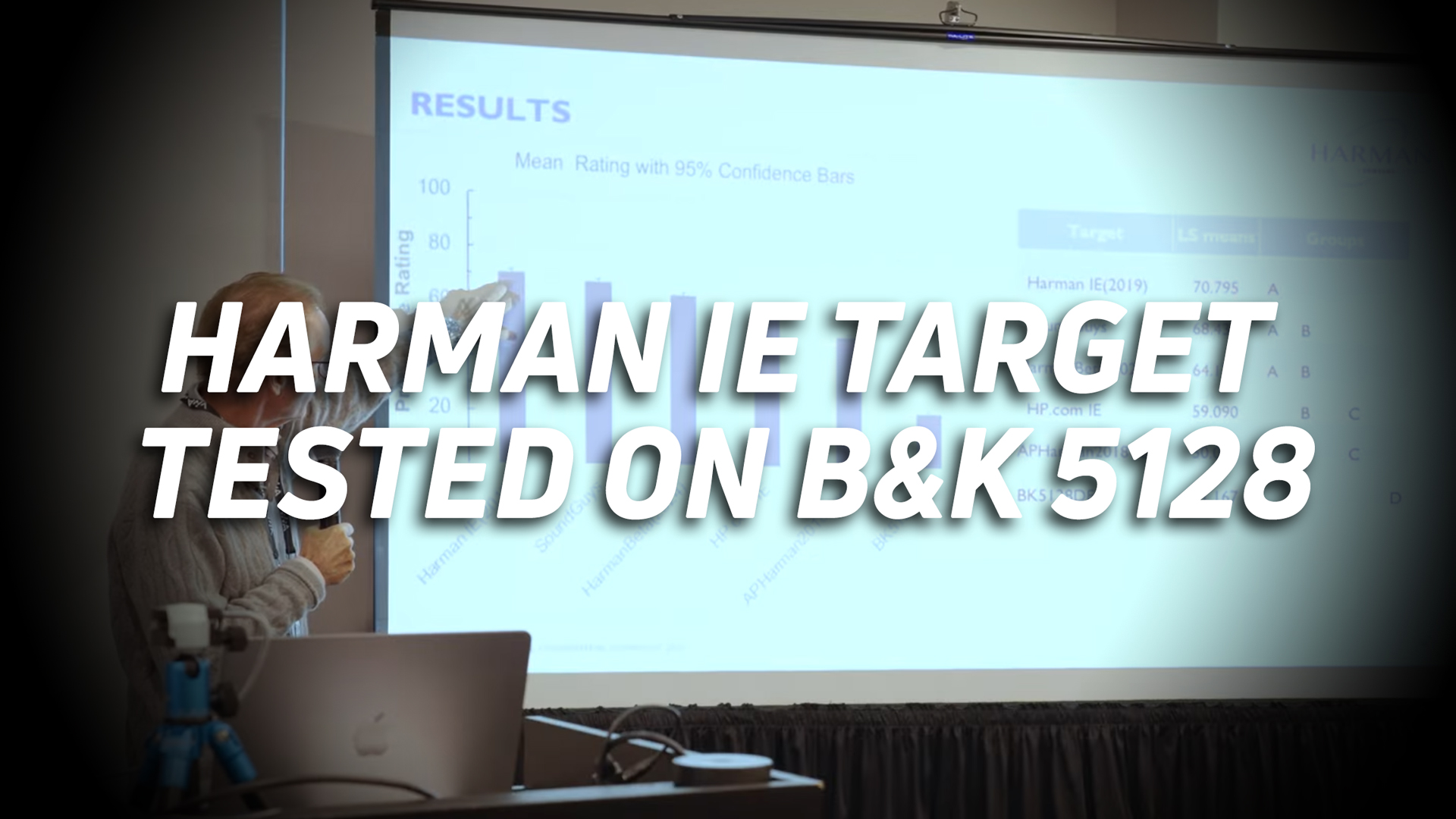I can't disregard personal data, otherwise I'd be EQ-ing my devices to a curve I don't prefer, so it's not valueless to me. Either way there's always something valuable about research that elevates it beyond the circumstantial, which comes down to documented repeatability. Imagine an alternate timeline where the outcome of Harmans research suited your personal taste perfectly. Would that change your attitudes, or would you keep siding with casual doubters?
Yes, I think so, hard to say. Perhaps the idea of being validated by research will change my judgment. For now, I think I'd still align with the skeptics.
My skepticism hasn't got to do with my faith in the validity of the research. I agree that the Harman curves are well-researched and it's great work. I am fully behind in doing research the proper way. The recent Senselab research also shows that adapted Harman curves are still among the best scorers. Great to have peer review. So up to here, I'm not really a skeptic I think.
Yet, I can't shake my doubts about the applicability in the pro world:
First, as far as ideal FR goes, both you, I, and Doodski already agree that we like something a bit different.
My process is that I've given different curves a fair share of time, both in listening and working with. And I simply end up at a much flatter curve, about 4dB less of bass and pinna gain than OE 2018.
>> To address your edit, the point of 'comparative data':
I AB'd my reference track library with a number of curves with two different headphones.
If I were to share this data, I'd have to edit my reference tracks to be EQ'd differently, and then use Lacinto ABX to do a AB Shootout between my reference tracks, and post screenshots of the results. But what does that tell you more than me (or whoever) simply typing that I found a preference? It's a lot of extra effort for something that isn't peer-reviewable as it's a personal observation. Unless you mean something else and I misunderstood.
Second, there are the engineers I know of, who as far as I could find out, don't use Harman compliant headphones.
Example: in an interview with John Hanes he says:
"I'm using the PSB M4U1 Headphones. I like these in particular because they sound pretty similar to my ProAc speakers and they are not heavy. "
Hanes also specifically mentions to use them for detail and to check the bass. This is the FR of the M4U1:
Pretty remarkable curve considering the bass and detail comment...!!

Yet, John Hanes is a 13 Grammy-winning mix engineer and he works with Serban Ghenea (23 Grammys). IMO they are the most influential mix engineers in pop music in the last 20 years. Specifically, they mixed a lot of Pharells work. I don't know which songs Senselab 2023 research used, but one of them is a Pharell song. I guess that if a random well-produced modern pop song is used in the Harman research, there's a decent chance that they've had their hands on it.
Given these strong different preferences by people who, as far as I can expect, know what they're doing, I conclude that subgroup preferences for different curves exist.
Edit: This wouldnt show up in the Harman research I think, as even though 30+ headphones were tested, the results were summarised into 3 clusters of listeneres. Pro-outlier preferences could/would be lost in that .
>> So do I side with people who don't post comparative data? In general: I have seen enough gear debate on other forums to know that without ABX, a lot of things can be claimed. At the same time, I have seen people pass unlikely ABX tests, and even myself have passed ABX tests on DACs... a test which I want to redo with different samples as it is unlikely to be audible.
The point is that I know many people can and do test themselves well, and most people serious about their work do. And even if the test flatters their ego, they retest. That's why I put quite a bit of weight on professional opinions. Ok, there are also people claiming world-changing events from expensive power cables or musically timed clock jitter (real example). But they are recognizable because they can't explain themselves properly, never show ABX results or post samples, and if they do, the samples are botched.
As an aside: the most recent Senselab research has another curve that scores very high (HP3), which is said in this article to be very different. Along with a couple of others that scored great as well. I don't have an AES membership so I can't read what that curve is like, but I'm curious.
A scientific study on headphone sound shows our response curve is among the most preferred!
www.soundguys.com


